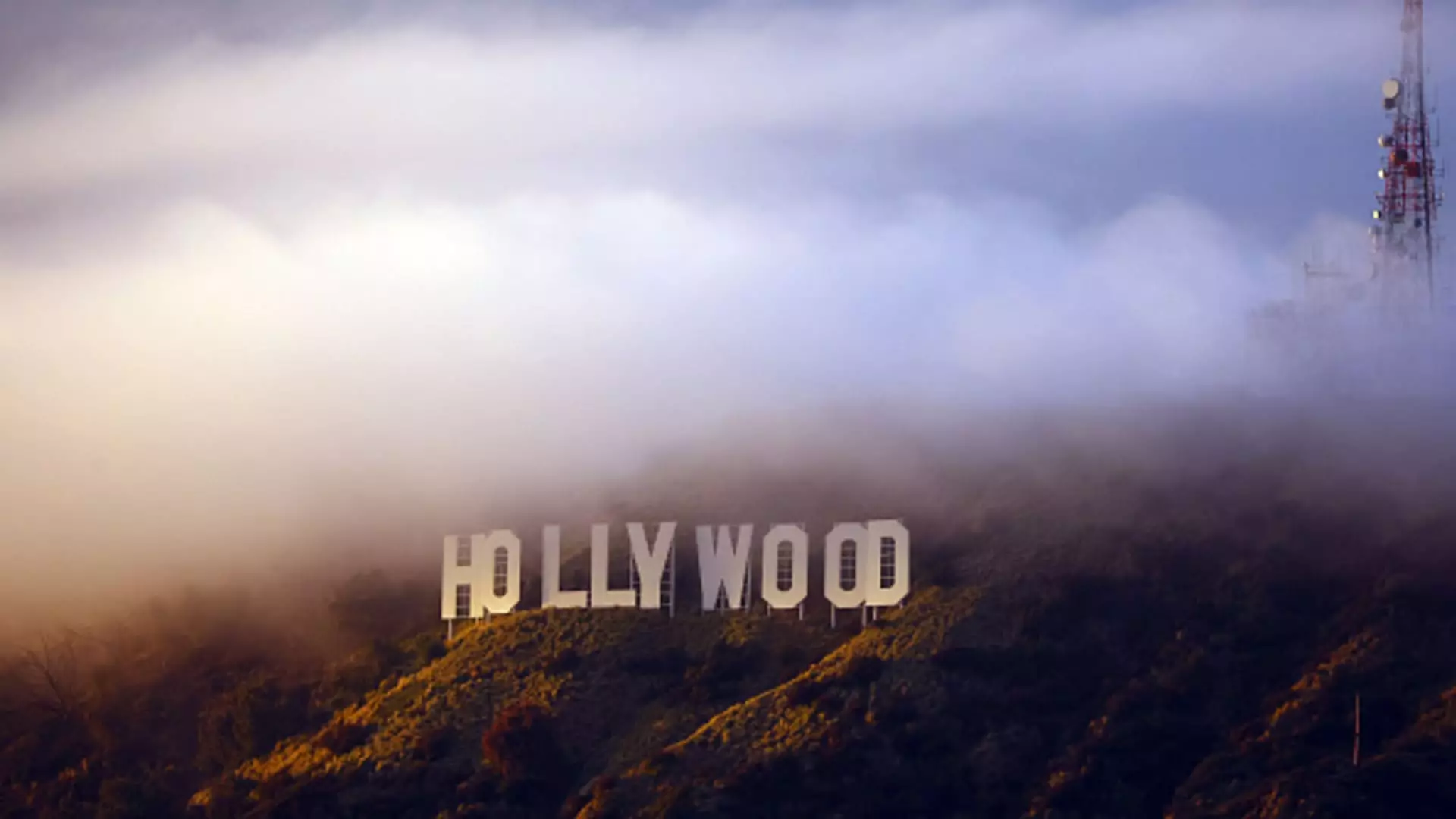In the rich tapestry of the global film industry, Canada has earned its crown as the unofficial “Hollywood North,” playing a vital role in American cinema’s expansion. Over the decades, this northern neighbor has cultivated a fertile environment for filmmakers, not only through its generous tax incentives but also by nurturing a skilled workforce comprised of talented actors, directors, and crew members. However, the recent escalation of trade tensions sparked by importing tariffs imposed by the Trump administration threatens to fray this crucial relationship. As Hollywood insiders scrutinize the unfolding situation, the impacts could traverse far beyond mere financial considerations.
The introduction of tariffs on Canadian goods raises palpable concerns within the film community. Producers fear that Canada might retaliate by rolling back its alluring tax credits, essential for attracting American film projects, or even shuttering facilities that cater primarily to U.S. studios. Such actions could jeopardize the economic symbiosis that has flourished for years. Canadian Prime Minister Justin Trudeau has already signaled a strong stance against the tariffs, vowing a swift and robust counter-response, indicating that the ongoing trade friction is unlikely to de-escalate quickly.
Moreover, Trump’s tariffs are likely to exert added pressure on production budgets, particularly for projects that rely on imported materials. While many studios predominantly source locally, certain specialized textiles or construction materials may not have domestic substitutes, forcing producers to absorb rising costs. The film industry thrives on tight margins, and any unanticipated financial strain could ripple through various production stages. Concerns arise that this plate-spinning act of managing budgets, alongside external pressures, could lead to significant consequences.
The ramifications of escalating production costs extend beyond the immediate financial theater of filmmaking. Historically, markets respond to price hikes in raw materials by passing these additional costs onto consumers. Consequently, typical household goods can see increased prices, which may result in tighter consumer wallets. Should ticket prices, popcorn, and beverages at cinemas rise due to external pressures like tariffs, movie attendance may suffer as individuals reconsider discretionary spending.
The revival of Hollywood has already faced challenges post-COVID-19, compounded by labor strikes that hampered production timelines. The prospect of another economic hurdle threatening box office revenue is a grave concern among industry members. With families reassessing their spending habits, movie nights could be one of the first discretionary commodities to be sacrificed. The disconnect between production stages and consumer realities highlights a crucial vulnerability: the industry’s health is fundamentally tethered to the financial realities of its audience.
Despite the cloud of uncertainty looming over the film industry, many experts believe Hollywood possesses the resilience to weather the storm. The suggestion that studios can pivot and adapt reflects an ingrained entrepreneurial spirit prevalent in the entertainment sector. However, there’s an oversized question mark regarding the sustainability of audience engagement, particularly if consumer behavior shifts due to a tighter fiscal climate.
Upcoming blockbuster releases, speculated to enthrall audiences and reignite interest in cinema, provide a glimmer of hope for recoveries amid potential price spikes. Industry insiders remain optimistic that while tariffs might create roadblocks, box office draw from anticipated hits could offset some adverse impacts. Producers may look to innovate in their marketing strategies, keenly attracting audiences despite economic fluctuations.
The intricate relationship between Hollywood and its “North American partner” is under threat due to the burgeoning trade war initiated by U.S. tariffs. Still, the industry’s ability to adapt and innovate remains a defining characteristic that could see it through unpredictable waters. Achieving a balance between managing production costs and connecting with a wary audience will be pivotal in the months ahead. As the specter of economic downturn looms, Hollywood must grapple with the dual challenge of producing captivating content while navigating a fraught economic landscape. Only time will tell if the magic of the movies can endure amidst rising tensions and dwindling purse strings.

